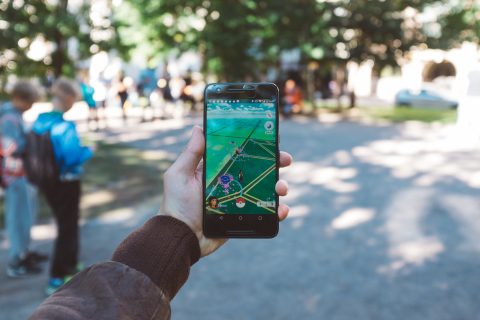“I am always doing that which I cannot do, in order that I may learn how to do it.”
– Pablo Picasso
The Not So Model Student
Jack is a model student. He attends all his classes and takes notes in them. He reads all the textbook chapters he’s assigned and highlights the key passages. But when he gets his results back from his end of term exam, he’s shocked to find that he’s failed. Jack runs to his teacher’s office in distress and asks her what happened.
“How did you study for the test?” she asks.
“Well I went back and highlighted all my notes, then reviewed them along with the highlighted passages of my textbook until I felt I understood the material,” he says.
Jack sees himself as a model student, but he is far from it – he doesn’t know how to learn effectively and is totally unaware of it.
We can all identify with this story, whether it’s from rereading French vocabulary that vanishes from our memory on test day or reviewing Economics definitions and forgetting crucial words in the exam.
What’s so frustrating when this happens is that, like Jack, we think we’ve done everything right. We start to question ourselves – maybe we didn’t work hard enough or we’re just not that good at languages or test-taking. But these explanations are almost always false.
The real problem comes from our tendency to fool ourselves through what cognitive scientists call “illusions of knowing.” Strategies like rereading and highlighting create fluency, the belief that facts and formulae that are easy to remember now will be easy to remember tomorrow or next week. We feel we’ve mastered the material when we haven’t – all we’ve done is move it into our short term memory, which means we end up forgetting most of it.
Improving learning with self-testing
The best way to overcome our illusions is an effective studying technique in itself. That technique is testing or “retrieval practice” and the research proves that it’s highly effective in making learning deeper and more durable. Plus, when you test yourself, you find out whether you can actually recall what you’ve learnt or not.
In a 2006 study by Henry Roediger and Jeffrey Karpicke of Washington University, 120 students were given two scientific texts to study – one on the sun and the other on sea otters. They studied one of the passages twice in separate seven-minute sessions. They then studied the other passage in one seven-minute session but in the second session, they were asked to write down as much as they could recall without looking.
The students were then split into three groups, one which took a test five minutes after the study sessions, one two days later and one a week later. While studying or rereading was marginally more effective in the five-minute test, testing was far superior when it really mattered, in the two-day and one-week tests.

Tests are more than just a measurement tool. They change what we remember and how we organize information in our minds by making us engage in more “effortful” learning.
Elizabeth and Robert Bjork’s “desirable difficulty” principle tells us that the harder our brains work to dig out a memory the more effective our learning will be. When the brain is retrieving texts, formulas, skills or anything else, it’s working harder than when it just sees the information again. That extra effort increases the resulting storage and retrieval strength.
In his book Make It Stick, Roediger highlights another benefit of self-testing. When we successfully retrieve a fact, we restore it in memory in a different way as it becomes linked to the other facts we’ve retrieved, making us even more likely to retain it.
So whether it’s in the form of recitation, rehearsal or self-examination, testing is something that we should all be using regularly in our learning for any subject or skill.
The Takeaway
Commonly used learning strategies like rereading and highlighting may feel effective due to the feeling of fluency they cause but they are largely useless. Effective learning techniques are effortful – the harder they feel, the deeper and more durable learning will be. Testing or retrieval practice is an example of one such strategy and we should use them regularly in our learning schedules in place of rereading.
Actions
1) Quiz yourself
After reading an article or text, pause and ask: what are the key ideas here? What message is the author is trying to communicate? Then try and write down as much as you can remember, without looking.
2) Teach someone
After reading an idea for the first time, try to explain it to a friend or family member as soon as possible. If nobody’s around, explain it out loud to yourself. You’ll quickly see where your knowledge falls short and what you need to go back and review.
3) Take a test before you’re ready
Instead of waiting for the perfect moment, test yourself before you feel comfortable. If you’re learning a language, find a native to practice as soon as possible. If it’s a subject, do a past paper before you’re comfortable with the material.
Up Learn
At Up Learn, we’ve taken insights from cognitive psychology and neuroscience and implemented them in a learning system for achieving A* at A Level. We’ve designed retrieval practice and self-testing into our courses. Find out more at Up Learn.
This post was written by Nasos Papadopoulos from MetaLearn.net


